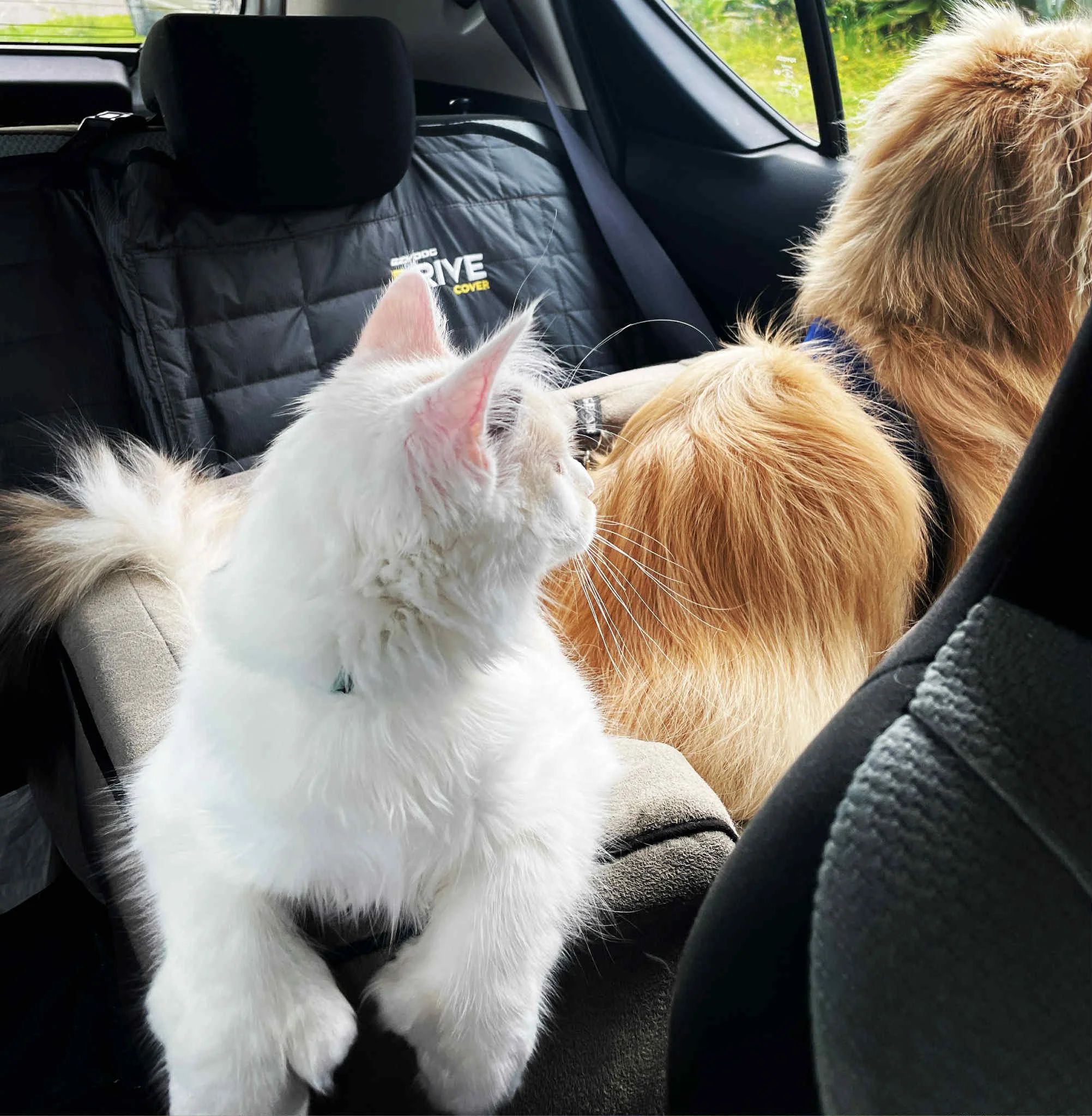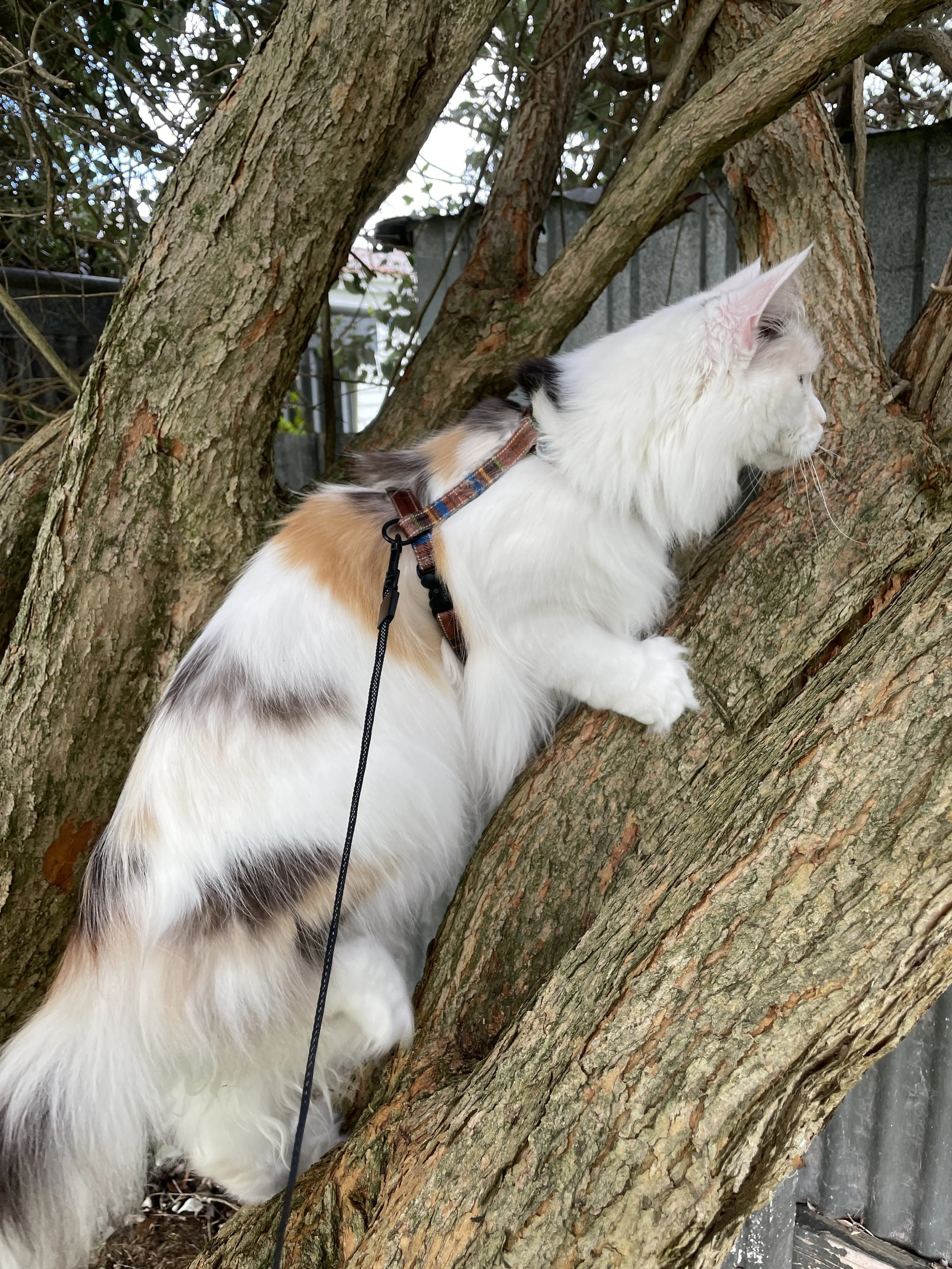How To Train Your Cat for Success Outside The House
Desensitization for Cats - Cattery Stays and Vet Visits
For many cat owners, the prospect of having to get the carrier out can be a stressful thought. Without knowing it, we can be contributing to this stress. This blog features our advice for desensitizing your cat to those essential parts of their life that they would prefer maybe just never happened - such as going to the vet, or even a cattery.
If the only time your cat goes to the vet is when they are getting medical treatment, it is not really surprising that they will resist. When adopting a new kitten or cat, it is important to make a point of practicing these life events in a way that gradually exposes them to the new environments. Most vets are happy to have social visits, which is when the pet is brought in just to say hello and get some cuddles and treats. This teaches our animals that the vet is not always such a scary place, and will help them be more relaxed when they do have to go in for something a little less pleasant, such as vaccination.
At Levin Boarding Cattery, we encourage getting your cat used to staying in a cattery from early on in the relationship. A series of short stays with a new kitten will teach the cat that the cattery is a nice place we sometimes go to for a holiday, rather than being confused and stressed out if they are having this experience at an older age for a longer stay.
We recommend a stay that is shorter, but still gives the cat enough time to settle in. A three day stay, we find, is the perfect length for getting your cat used to the cattery. Ideally, also, you will stick with the same cattery throughout the cat’s life.
Clover the Kitten Getting Used to the Car
Getting Cats Used To The Car
One thing that can stress our cats out a lot, before we even get to the cattery, is the crate and car ride itself. Following our logic about vet visits - if the only time a cat gets in their carrier they are going to the vet, or their owners are going away, then they will not enjoy getting in the carrier very much. With a kitten, you can set your new pet up for success by allowing them to get familiar with the crate and car ride in small steps.
Our strategy is to leave the crate out, with the door open and blankets inside, inside the house for a few days before we know we are putting our cats in it. This lets them get used to the space, rather than being thrown in it too quickly. Once the cat is comfortable being in the crate, you can practice shorter car rides. With our cat, we started with 5 minutes and worked our way up to longer journeys. Pictured below, our cat enjoys taking a nap in her carrier.
Finally, we can make sure that sometimes the car actually leads to somewhere fun! This way the cat will not be immediately anxious about a journey, if they know there is a good chance they will have a fun experience. With leash training, you can take your cat to enjoy spots in nature just as you would a dog, and they enjoy it just as much. If the car can also lead to a walk in the forest, your cat may even become excited to get in their carrier and go for a car ride.
As a note, leash training has a much higher chance of success with a kitten. If you have adopted your cat at an older age, they may not take it it as well, but it can still be worth a shot as it will depend on the cat.






